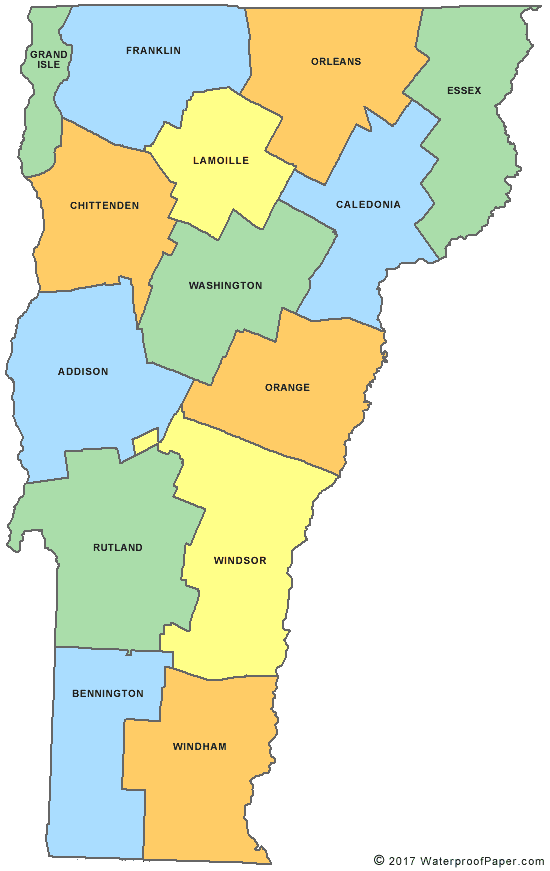Eri L. Barr, the first Seventh-day Adventist minister of color, was born to free African American parents in Reading, Vermont, on May 23, 1814. He had five siblings, three of whom did not survive their teenage years. Barr studied English at Wesleyan Academy in Massachusetts in 1836, although it is not known if he graduated. He was a follower of the preacher William Miller, and with other prominent blacks, such as William Still and Sojourner Truth, believed in the imminent coming of Christ in the early 1840s.
Barr married Lori Z. Harvey on December 7, 1842, and the couple had one child, Emma, in 1844. Barr worked as a mechanic in Reading, one of only a handful of blacks who resided there at the time. In early 1852 he joined a growing movement known as Sabbatarian Adventists, later to become Seventh-day Adventists, which persisted after the Millerites—a Protestant group concentrated in the Northeastern United States led by William Miller who held that the second advent of Christ would occur in 1843-1844—dissolved after 1844. In 1852 Barr became one of a dozen of itinerant ministers who travelled throughout the Northeastern United States meeting with scattered Adventist families and engaging in gospel preaching.
The only black Adventist minister to itinerate during this period, Barr helped found the Seventh-day Adventist Church from 1860 to 1863 with James and Ellen G. White. The Whites attended some of his tent meetings and supported his ministry. He partnered and toured with another cofounder of the Adventist Church, Joseph Bates, in 1855-1856. Barr had success in his efforts, continually reporting conversions in the Review and Herald, the official Adventist periodical, and called for and chaired several of the movement’s earliest governance sessions, called “general Conferences.” He also played a leading role in other decision-making bodies.
On December 10, 1858, Lori Barr obtained a divorce from Eri for the cause of “willing absence.” During this time Eri Barr also developed conflicts with several other Adventist leaders over his urging of members to burn daguerreotype photographs and cases because he saw them as an exorbitant expense.
In 1861 Barr revealed in the Review and Herald that he was battling tuberculosis. He lost the battle on May 16, 1864, dying a week before his fiftieth birthday in Alma, New York.

